Superconductive properties, the quantum physics behind the phenomena, a macroscopic quantum state, the Josephson effect.
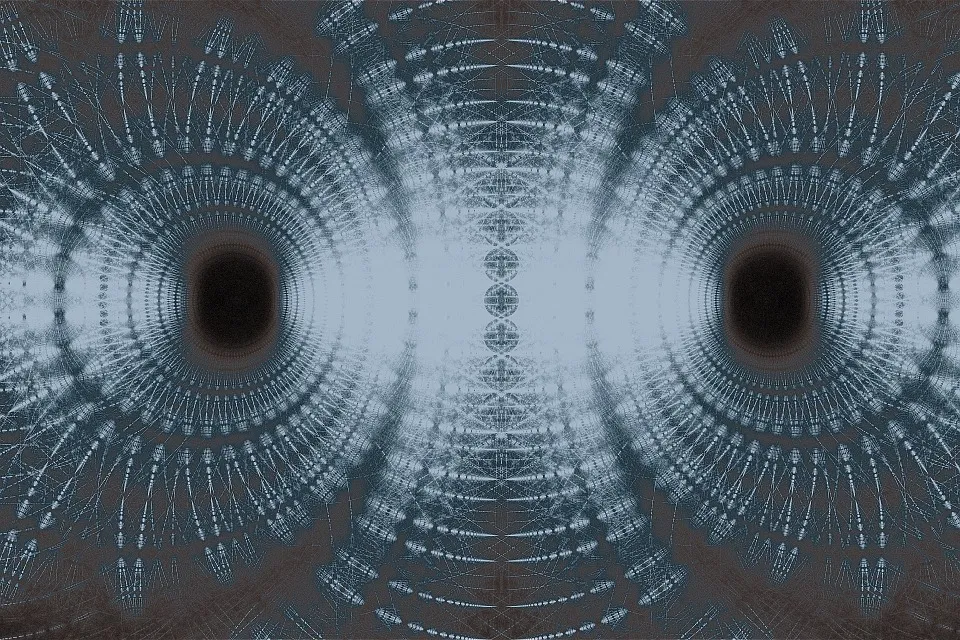
Image Credit:-pixabay

Introduction
This is the first part of a series dedicated to the behaviour and physics of superconductors. A superconductor is a material that conducts and transports electrical current without any resistance at all, and therefore zero energy loss. In normal conductors like copper, as the electrons flow through the metal they interact with the atoms and transfers the electrical energy into heat energy by exciting the copper atoms. In superconductors this process doesn't happen, the electrons don't transfer or loss energy to the metal causing heating, instead they flow freely, this property allows superconducting wire to be very thin compared to normal conductors. In theory a wire that's a few atoms thick can transport a large amount of energy, you can see the difference in the size of the wires in the picture below.

Image Credit:- wikimedia
Electric cables for accelerators at CERN. Both the massive and slim cables are rated for 12,500 A. Top: regular cables for LEP; bottom: superconductor-based cables for the LHC
Scientists have already created superconductors, this is not something that's impossible, the problem is that these SC's must operate at low temperatures. A characteristic of a superconductor is its critical temperature (Tc) at which the conductor becomes superconductive. The highest temperature that a superconductor can operate is at -70 degree Celsius, and this is only for the compound hydrogen sulphide and at huge pressures. This is not practical, we must use energy to cool the wire by using liquid nitrogen (collecting it requires energy) and create huge pressure that require large energies. We want to achieve something that has these superconducting properties is normal conditions, at atmospheric pressure, and room temperatures. If we achieve this then our technological capabilities will rapidly grow, having the ability to make electronics with atom-thick wires, computing power will improve, and electrical transmission of the power grid will be transformed.
In this article I will talk about some of the fundamental properties of superconductors. I hope you will continue to read and find the information presented interesting. So let's go ahead.....

Vanishing Electrical Resistance
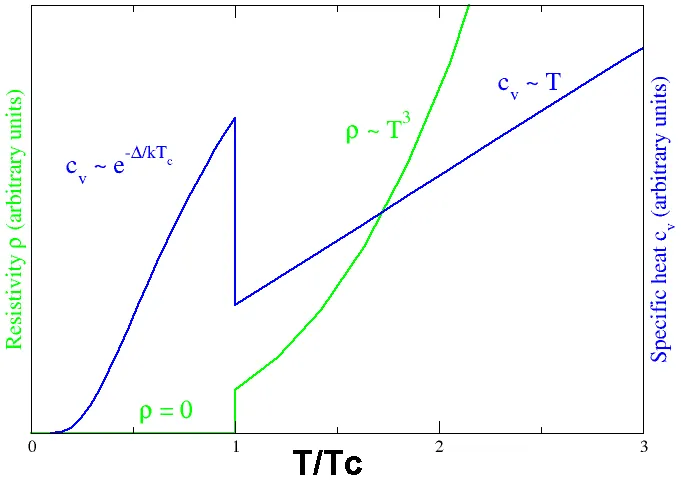
Image Credit:-wikimedia
Behaviour of heat capacity (cv, blue) and resistivity (ρ, green) at the superconducting phase transition. This is very important behaviour of a superconductor, notice at the critical temperature (T/Tc=1) there is a discontinuous jump in specific heat and a sudden depletion of electrical resistance. This is the moment the conductor undergoes a phase transition from normal conductor to superconductor; which is a macroscopic quantum state.
The most familiar feature of superconductivity is the zero resistance to electrical current. At a critical temperature that depends on the conductor there is a sudden phase transition from a classical conductor phase to a Quantum phase. You can see illustrated in the graph above. At the critical temperature there is a sudden increase in the specific heat of the conductor, along with a complete depletion of the resistance to electrical current. This abrupt change is characteristic of super conductors, in classical thermodynamics phase transitions are a continuous smooth phase transition (in normal cases), you don't observe water freezing immediately at a certain temperature.
In a normal conductor like copper the electrons can be imagined as a fluid-sea of electrons that flow through the ionic metallic lattice. There is constantly interactions between electrons bumping colliding with the positive ions, and with each collision is an exchange of energy which translates into heating of the copper, this physical process is called Joule heating.
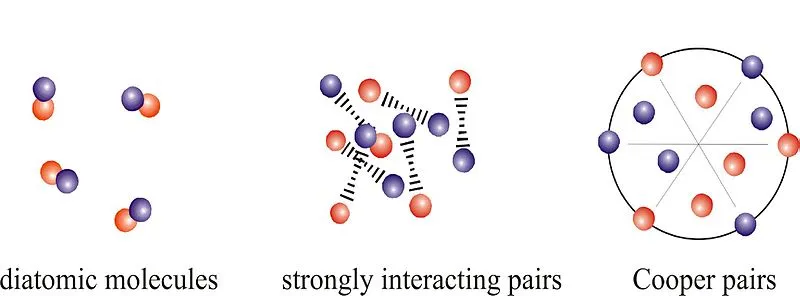
Image Credit:-wikimedia
As you may have gathered by my other articles that consider low-temperatures, so weird stuff can happen. The study of low temperature condensates (BEC) led physicists Bardeen-Cooper-Schrieffer to develop the BCS theory named after the three scientists. In BCS theory we learn that electrons in a super conductor actually create something called "Cooper pairs", these two singular electrons are fermions but as a pair they are bosons. 2 or more fermions can not occupy the same energy state but bosons can, so many cooper pairs can exist in the same quantum state. This process of electrons making cooper pairs is a very important feature of superconductivity. The pairing is caused by the exchange of phonons (vibrational modes) between the electrons, it's much deeper than this but then we must delve into heavy quantum mechanics.
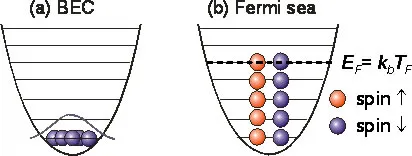
Image Credit:- Lecture Notes - Condensed Matter Physics
Notice that bosons can exist in the same quantum energy level, but fermions must fill the energy levels one by one. Don't confuse the fact there are two fermions per level with cooper pairs. The fact that there is two fermions per energy level is a bit misleading here, the different spins in fact have very slight energy difference so are therefore not in the exact same state. When the bosons are cooled enough they cascade into the lowest energy level, when fermions are cooled they will fill up energy levels until the fermi-level. Fermi was a genius by the way!
When there is the formation of copper pairs they modify the relationship between energy and momentum (hk for physicists), there is the creation of a band gap ΔE, which means there is a minimal amount of energy that must be supplied to excite the system. If the band gap ΔE is larger than the thermal energy of the conductors lattice, the electron "fluid" can flow without an dissipation of energy and will not interact or collide with the ions in the metal.
It's this process of pairing electrons in cooper pairs that is making it difficult to produce super conductors at room temperature. The electrons must have energies low enough in a specific material so they can produce these pairs, but heat energy in a material causes the electrons to be in a more energetic state. So scientists around the world are in a race to produce a material with the right chemical structure and lattice configuration so that the electrons can form pairs at high temperatures. I am not an expert in the engineering of such materials but based on the quantum mechanics of the situation, it's not going to be easy. With that being said there is good progress being made, and graphene has been showing promising signs.

A Quantum Phenomena at the Macroscopic Scale
I'd like to say a few words about how to electrons in a superconductor are in a large-scale quantum state. Usually when we talk about quantum mechanics we work with probabilities, so instead of saying a particle has a specific energy we say there is a probability of observing the particle in that energetic state. All observations and measurements has a probability associated to it, if there are 10 possible energetic states, there will be probabilities associated to each state which we call eigenstates, they are the only possible observable states, and you can't observe two states at the same time as they are said to be orthogonal to each other.
The probabilities of these quantum states can be obtained from the quantum wave-function of an eigenstate. So there can be multiple eigenstates each with a unique wave-function that describes the particles behaviour. This is where particle-wave duality comes into play, we can describe particles with the wave functions, the best analogy I can give you is to imagine the particle as a multidimensional fluctuating "wave ball". The "wave ball" kind of contains all the possible eigenstate wave functions that can be observed when a measurement is made, but you'll only observe one of the waves. In a normal material the particles are in different states, so there will be a unimaginable number of wave functions, it's practically impossible to describe a large system with quantum mechanics. But as I have told you, when you cool systems of particles to low temperatures so cool stuff happens.
When the a conductor transitions to the superconductive phase it becomes a macroscopic (large-scale) quantum system. In the sense that the electrons in the conductor can be described by the exact same wave function. When the cooper pairs are produced the fermionic electrons become quasi-bosons, which allows them to occupy the same energy state. This energy state can be described by a single wave function that has the form:

The left hand side is the wave function (Psi), its just a number, n is the number of particles, and the exponential relates to it's phase. Don't worry too much about what phase means, but it has an important in the next section.
Figuratively speaking, single particle wave functions describe tiny particles, but in a super conductor the many-body single wave function describes the electrons in the large body of the conductor.
I hope you understood the concept I was trying to get across, it takes a lot of time to develop a good understanding of quantum mechanics. Maybe that section gave you an incite, I hope so....

Josephson Effect
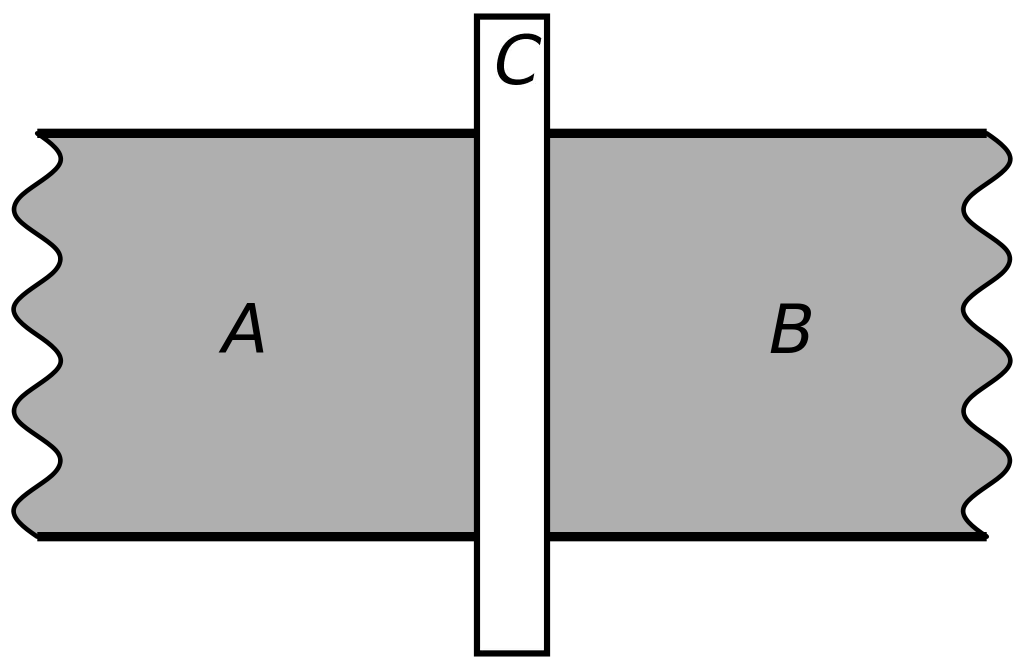
Image Credit:-wikimedia
Diagram of a single Josephson junction. A and B represent superconductors, and C the weak link between them.
The Josephson effect is an unusual phenomena associated to superconductivity. An electrical current is able to flow between two superconductors without any voltage applied, for current to flow we normally need an applied voltage which acts to "force" electrons through a conductor. Another outstanding feature of this effect is that the current can flow for a theoretically an infinite amount of time, this is partly due to the fact that the electrons are not transferring any energy to the lattice or to any working parts like a light bulb.
The Josephson effect occurs when using something called a Josephson junction (JJ), where two superconductors are separated by a very thin link which you can see illustrated in the image above. The weak-link can be an insulator, non superconductive conductor, or anything else that can weaken the superconductivity. The flow of electrical charge is made possible by a quantum phenomena called quantum tunnelling, where wave functions or particles or able to pass through barrier, it's kind of like a ghost walking through a wall.
It was known that normal electrons possessed the ability of quantum tunnelling, but British physicist Brian David Josephson predicted that the cooper pairs we have discussed also have this ability, he predicted this in 1962 and won the Nobel prize in 1973 for his discovery.
I won't describe the mathematics here or the heavy physics, but if you really want to know then I have supplied you links to references and some good books about the subject, so please take a look if this floats your boat.
So to conclude this section I will reiterate the points made. An electric current can flow between two superconductors (with different Josephson Phase) without any voltage applied at all. It is by no means free energy because as soon as you connect a light bulb the effect breaks down due to the physical properties of the material in the bulb; consider the image again. This current can flow for a ridiculous amount of time, with predictions between 100,000 years to the age of the universe. Scientists are still conducting experiments that have been running for 30-40 years, where the superconductors have continued to operate without any loss in energy; they look for thermal heating in the conductor as oppose to attaching a voltmeter because it breaks the system down.
Some of the practical uses of the Josephson effect are:
- SQUIDs, or superconducting quantum interference devices, are very sensitive magnetometers that operate via the Josephson effect. They are widely used in science and engineering.
- In precision metrology, the Josephson effect provides an exactly reproducible conversion between frequency and voltage. Since the frequency is already defined precisely and practically by the caesium standard, the Josephson effect is used, for most practical purposes, to give the standard representation of a volt, the Josephson voltage standard. However, BIPM has not changed the official SI unit definition.
- Single-electron transistors are often constructed of superconducting materials, allowing use to be made of the Josephson effect to achieve novel effects. The resulting device is called a "superconducting single-electron transistor."
- The Josephson effect is also used for the most precise measurements of elementary charge in terms of the Josephson constant and von Klitzing constant which is related to the quantum Hall effect.
- Josephson junctions are integral in superconducting quantum computing as qubits such as in a flux qubit or others schemes where the phase and charge act as the conjugate variables.
- Superconducting tunnel junction detectors (STJs) may become a viable replacement for CCDs (charge-coupled devices) for use in astronomy and astrophysics in a few years. These devices are effective across a wide spectrum from ultraviolet to infrared, and also in x-rays. The technology has been tried out on the William Herschel Telescope in the SCAM instrument.
- Quiterons and similar superconducting switching devices.
- Josephson effect has also been observed in SHeQUIDs, the superfluid helium analog of a dc-SQUID.
List taken from wikimedia!

Conclusion
Superconductors are truly a fascinating area of study. We see the possibility of transmitting electrical energy without any loss at all in the conductors due to Joule heating. We observe a large scale quantum system that can be described with a single wave function for the many-body system. The Josephson effect allows current to flow between two superconductors with a small barrier due to quantum tunnelling, the current flows without any voltage applied at all; but remember it's not free energy.
I hope you found this article interesting, I tried to give you some of the physics and quantum mechanics without getting too deep into it. I hope from this you were able to learn something new, and you understand more the advantages of superconductivity.
This was the first part in a series, i'm not sure how long it will be yet, but I plan to introduce further concepts and also try to bring in some more physics of the situation, so if that interests you then I suggest to follow for later articles.
Let me know what you thought about this, give me some feedback and comments. Do you have anything to add, or any questions?
Until next time......
@physics.benjamin

If you liked this post feel free to UPVOTE, FOLLOW, and RESTEEM.


References:
High-temperature superconductivity
Superconductors
BCS theory
Quantum Mechanics
Josephson Effect
Books:
- Quantum Theory of Many-Particle Systems by Alexander Fettah
- Superconductivity by Werner Buckel, Reinhold Kleiner
All images are Creative Commons or public domain, no copyright infringements have occurred.